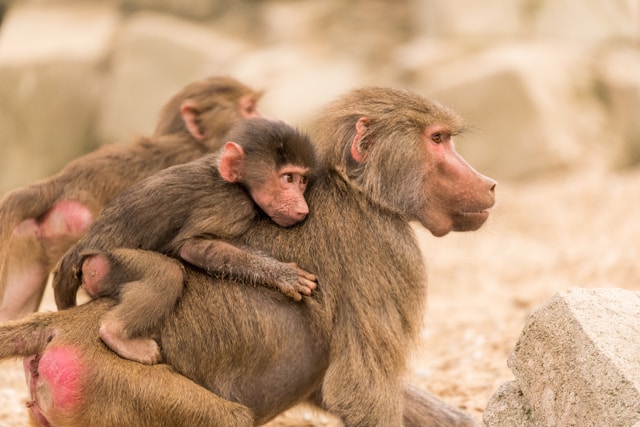Explore how diverse species from baboons in Cape Town to coyotes in New York are successfully adapting to urban life, reshaping our cities
Cities worldwide are becoming unlikely habitats for a variety of wildlife, from the notorious baboons of Cape Town to the stealthy coyotes of New York City. A fascinating dynamic is unfolding as these animals adapt to urban life, showing resilience and ingenuity in their survival strategies.
In Cape Town, baboons have become adept at interacting with humans, often leading to conflicts such as vehicle break-ins and home invasions in their quest for food. This interaction has led to the establishment of a 24-hour baboon hotline, demonstrating the complex relationship between urban residents and wildlife.
Embed from Getty ImagesFoxes are another example of urban adaptors. Across European cities, these canny creatures emerge at dusk, navigating the streets and alleyways with ease. In London alone, there are an estimated 18 foxes per square kilometre, making them one of the most visible examples of wildlife urbanization.
In the United States, coyotes have become a common sight in urban areas, thriving on a diet that includes everything from small mammals to city trash. However, their presence comes with challenges, as studies suggest that urban coyotes may carry more parasites and exhibit more aggressive behaviours due to their diets, which often include human junk food.
Seagulls in coastal cities have also adjusted to urban life with aggressive tactics, snatching food from unsuspecting humans. Their behaviour is a direct consequence of human encroachment on their natural habitats and the decline in fish stocks, forcing these birds to find alternative food sources.
Meanwhile, in Africa, hyenas are providing vital ecological services by removing animal carcass waste in cities, which helps prevent the spread of diseases like anthrax and bovine tuberculosis. In the city of Harar, Ethiopia, hyenas are even allowed to roam through small gates in the ancient city walls, highlighting a unique coexistence.
The global movement of wildlife into urban areas is not without its problems. In India and Sri Lanka, elephants are frequent visitors to city outskirts, drawn by the garbage dumps which provide an easy, albeit risky, food source. This new feeding behaviour is leading to increased human-elephant conflicts and poses significant risks to both species.
These examples highlight a broader trend: as cities expand, wildlife is adapting in extraordinary ways. While this can lead to new challenges, including increased human-wildlife conflicts and impacts on animal health, it also demonstrates the remarkable resilience of nature. As we continue to encroach on natural habitats, learning to coexist with urban wildlife will become increasingly important.
